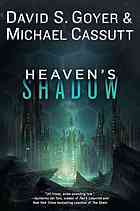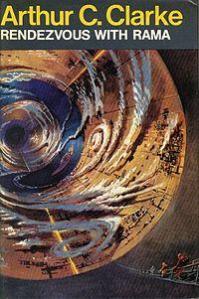 Heaven’s Shadow by David S. Goyer and Michael Cassutt, http://bit.ly/1cOn4WY is strongly flavored with NASA-speak and reminiscent of other “first contact” stories involving a “Big Dumb Object.” Of the 37 reviews on Amazon, well over half (22) rated the book 4 or 5 stars, which is all any author could hope for. Some readers disliked the characters, thought other “Big Dumb Object” books did a better job, or complained the story set you up for the next book in the series without its own satisfying conclusion.
Heaven’s Shadow by David S. Goyer and Michael Cassutt, http://bit.ly/1cOn4WY is strongly flavored with NASA-speak and reminiscent of other “first contact” stories involving a “Big Dumb Object.” Of the 37 reviews on Amazon, well over half (22) rated the book 4 or 5 stars, which is all any author could hope for. Some readers disliked the characters, thought other “Big Dumb Object” books did a better job, or complained the story set you up for the next book in the series without its own satisfying conclusion.
But one complaint echoed something I noticed as I read: The book will lead you through an exciting chapter to a cliff-hanger, and then jump to a subplot. The first such jump is quite jarring.
As an aspiring author, I’ve read many opinions on what makes a book sell. It seems that people decide to read a book based on the first page or a thirty-second perusal. Even if you’d like to browse more, Internet vendors only show you the first few thousand words. The common advice is: Grab them by the eyeballs! If the first chapter doesn’t contain an explosion (at least metaphorically), no one will read the book. Story groundwork gets relegated to flashbacks or similar techniques.
What do you think of this trend in fiction? Would you like to see the author choose an action-packed chapter and place it at the front of the book as an excerpt, so you could read it on-line, and then present their story in chronological order? Should Internet vendors scatter their preview pages throughout the book? Would that create spoilers? Do you like alternating the main story with flashback or subplot chapters?
Every book you buy is training the current crop of hopeful authors. What do you want them to know?

